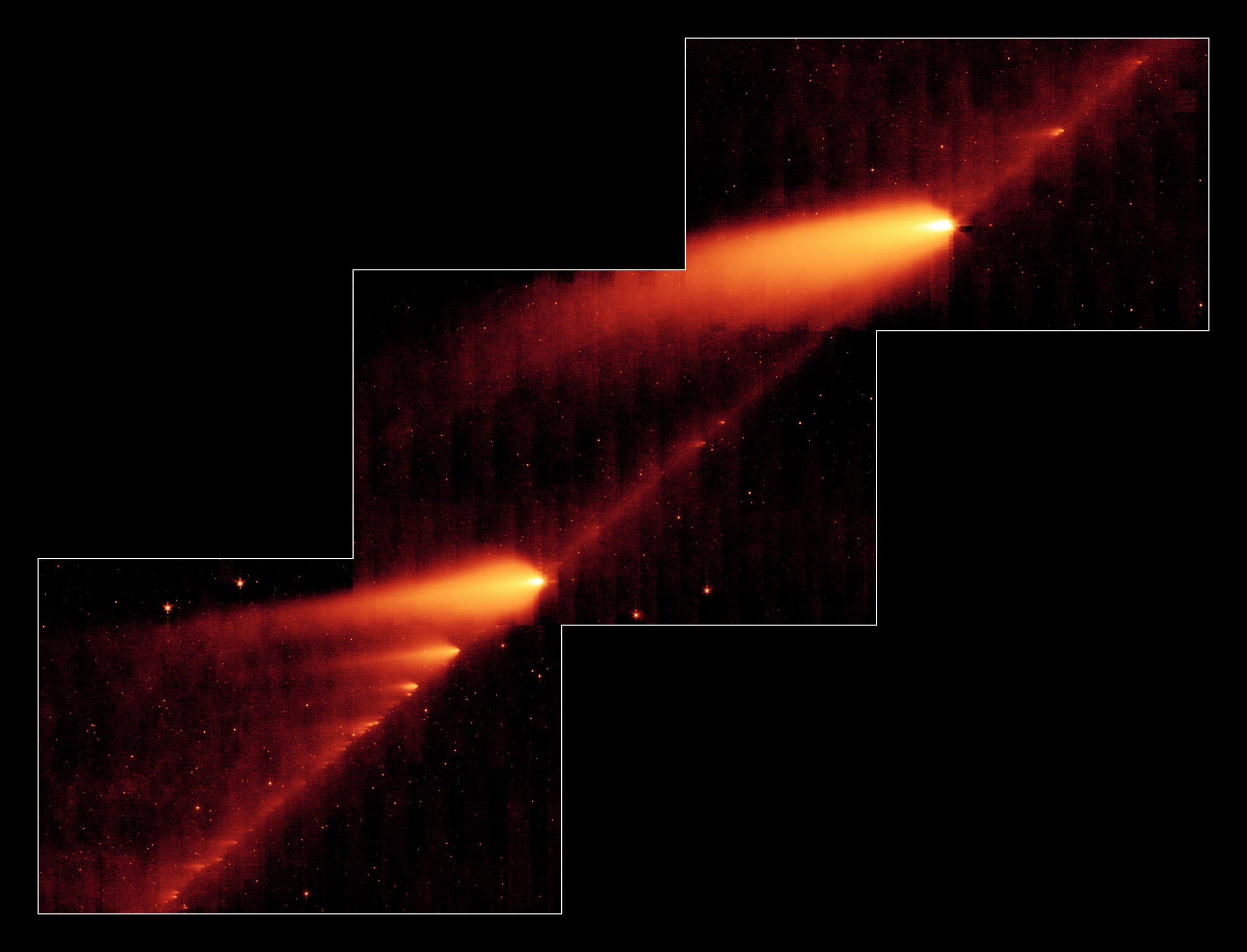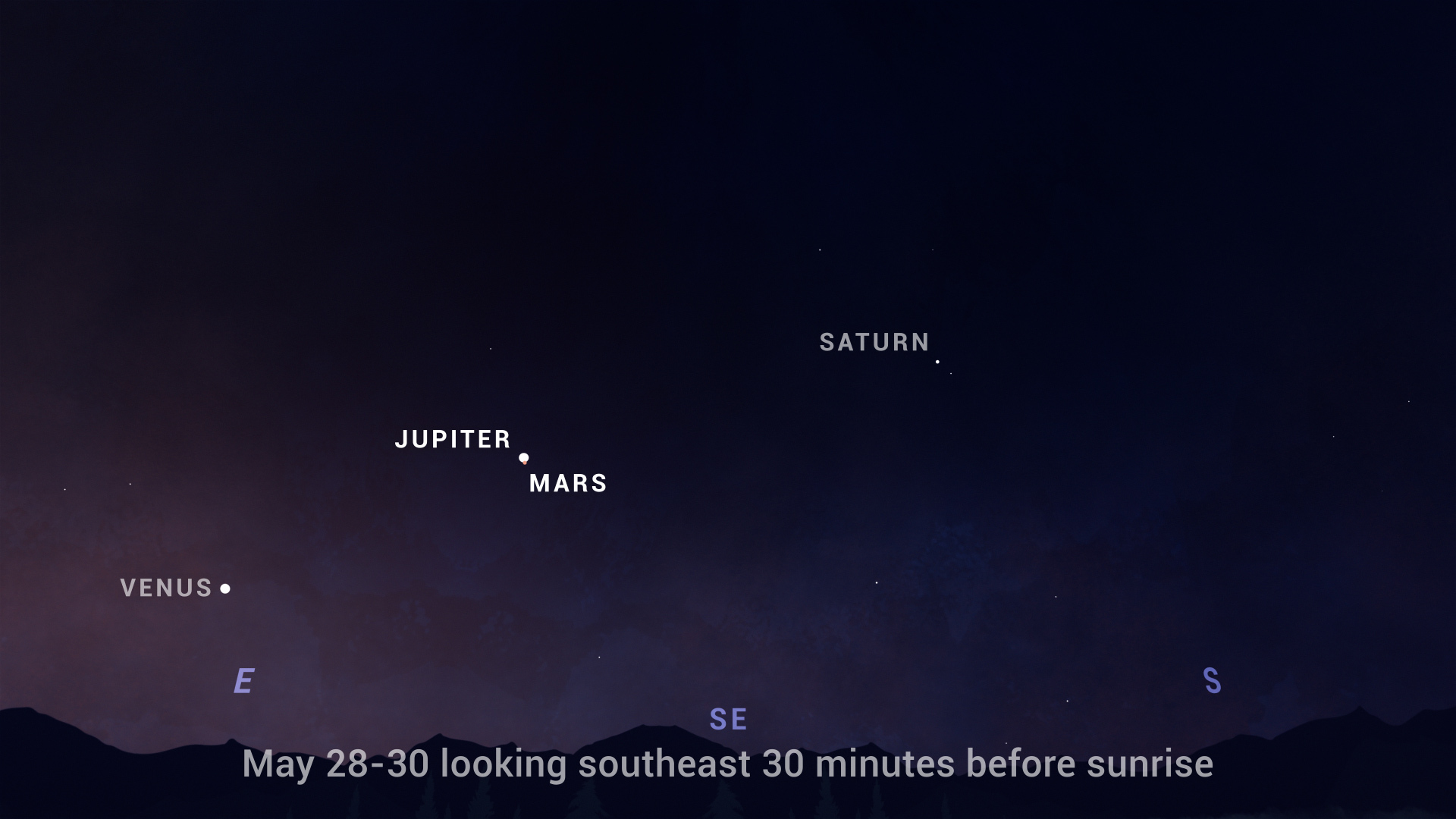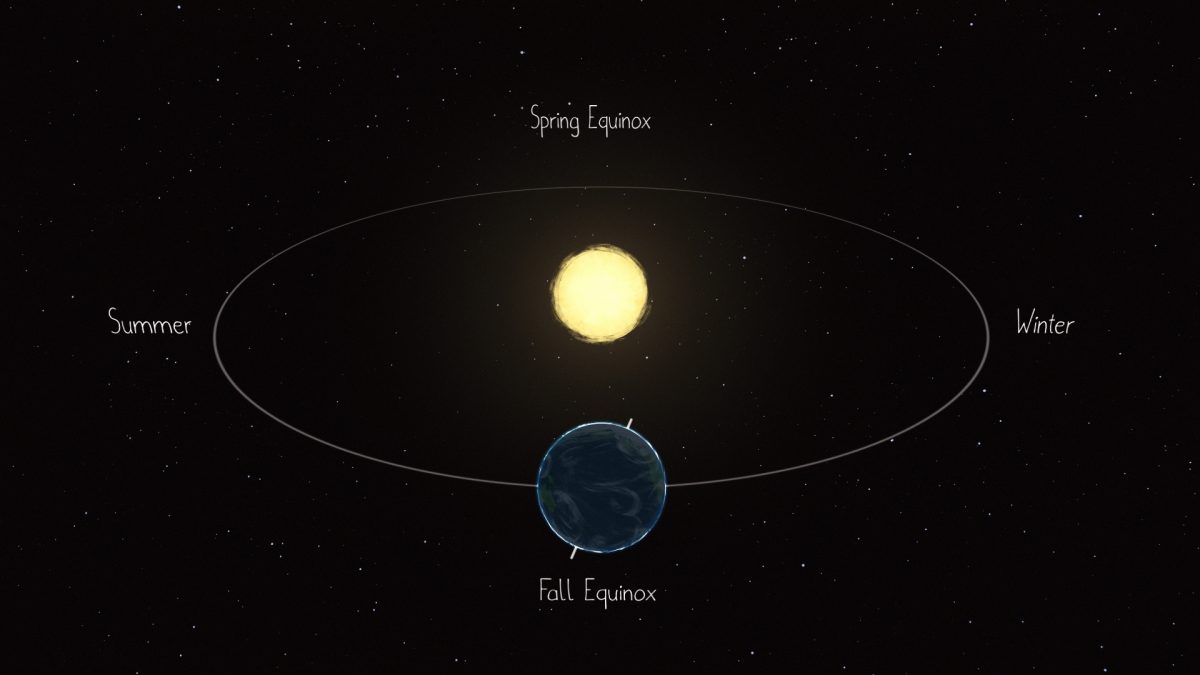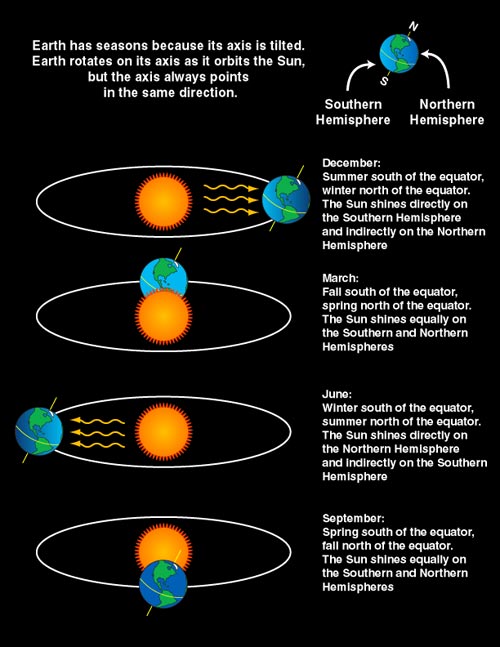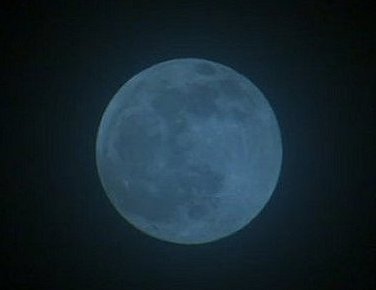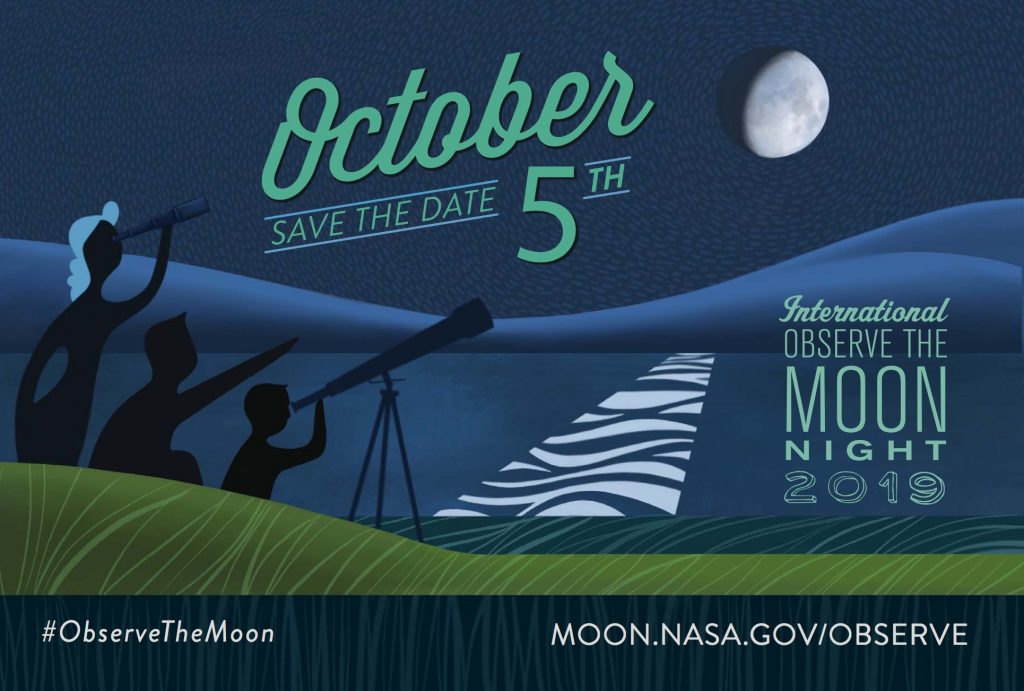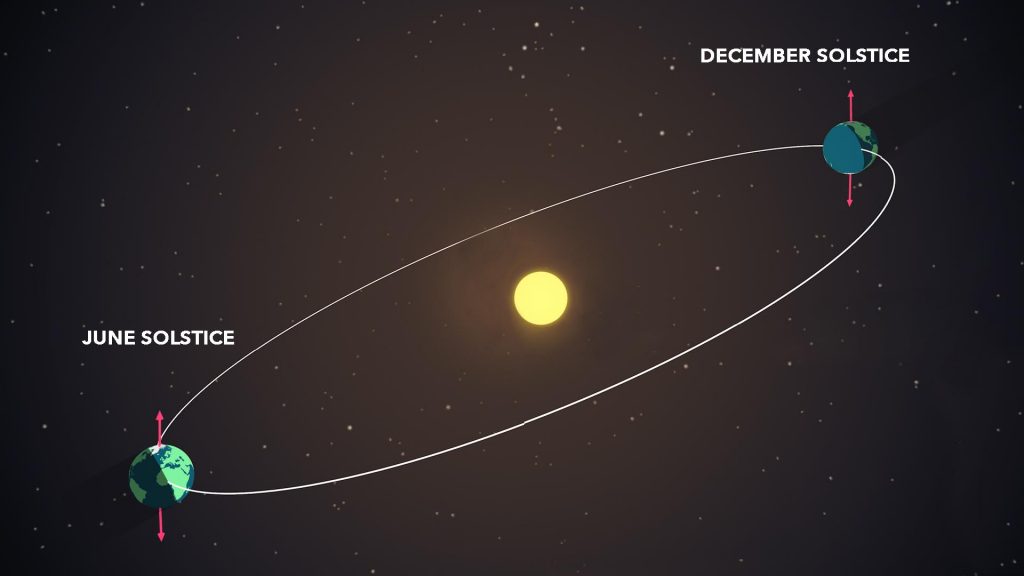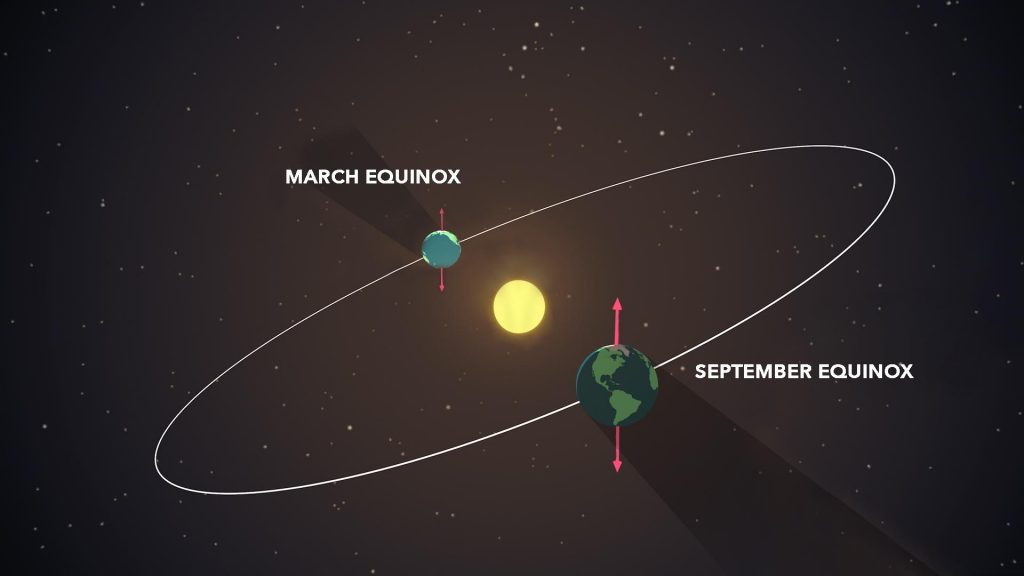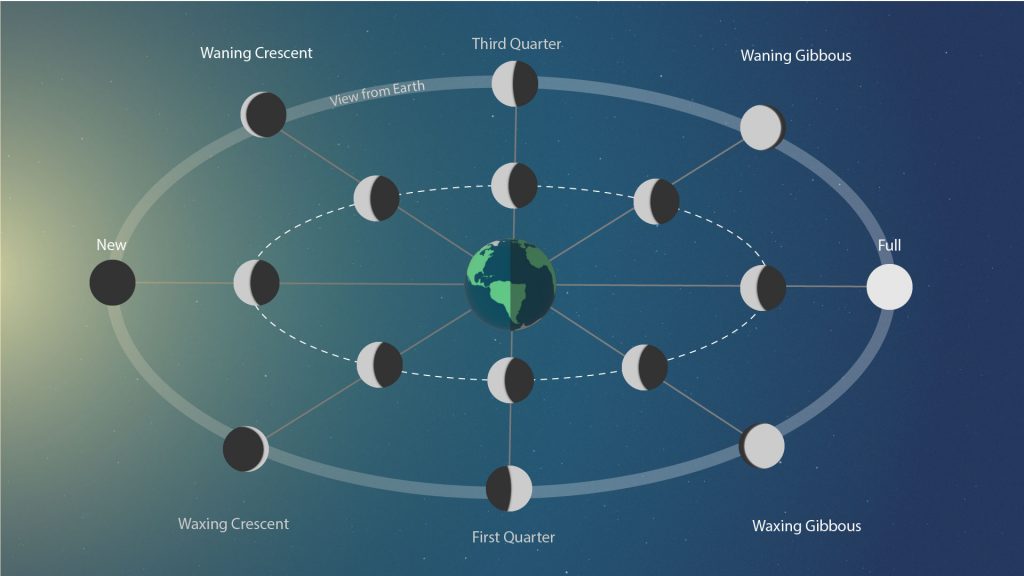Comet 12P/Pons-Brooks is one of the brightest known periodic comets. It earned the nickname of “devil comet” in 2023 when an outburst caused the comet to have an asymmetrical appearance, like having horns. It comes around every 71 years and is currently getting brighter as it flies toward the Sun.

Image Credit & Copyright: Petr Horálek / Institute of Physics in Opava
In the Northern Hemisphere, the comet is best viewed with binoculars or a small telescope – right after the Sun dips below the horizon, look West just beneath the Moon, and just right of Jupiter. An hour after sunset, the comet drops so low, it will be difficult to see without a perfectly clear view of the horizon. The comet then sets an hour later.

Credit: NASA/JPL-Caltech
Bill Cooke, who leads the Meteoroid Environment Office at NASA’s Marshall Space Flight Center in Huntsville, Alabama, encourages viewers to have more realistic expectations about what they might see. “Many images depict a bright comet with a long green tail,” Cooke said. “That’s not going to happen.”
By July, it will be too dim to view even with binoculars.
As for viewing this comet with the naked eye, it might be possible in the coming days, but by mid-April, it will be too close to the Sun and then growing fainter as it makes its way away from the Sun.
The brightest stars are a magnitude 1, the faintest are a magnitude 6. Comet 12P will peak around a magnitude 5 unless an outburst occurs.
However, Cooke warns that outbursts are unpredictable. “There have been minor outbursts roughly once a month but it’s impossible to predict them,” he said. “The last one was on Leap Day, Feb. 29.”
Will the comet be visible during the eclipse?
It is certainly a possibility. If Comet 12P remains around a magnitude 5, it would only be visible in binoculars during the few minutes of totality. Consider enjoying the main spectacle instead of using that time to locate Comet 12P and attempt to view it at another time.
For more skywatching highlights in April, check out Jet Propulsion Lab’s What’s Up series.
By Lauren Perkins
NASA’s Marshall Space Flight Center



